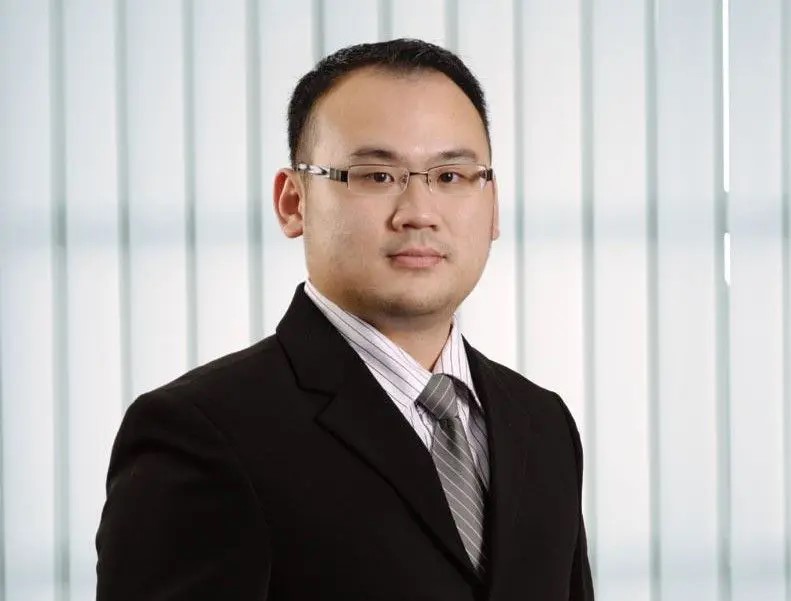CAB Cakaran expects Malaysia’s poultry market to remain stable, driven by steady consumer demand for affordable protein.
“Overall consumption is projected to remain robust, supported by population growth, urbanization, and shifting dietary preferences toward protein-rich diets. In light of this steady demand, broiler selling prices are expected to remain stable,” the integrated poultry and food processing company said in a filing with Bursa Malaysia.
Challenges ahead
However, CAB acknowledged the ongoing challenges in the sector. The removal of government subsidies last year has squeezed profit margins for local producers.
Additionally, increasing imports of frozen chicken—particularly from Thailand—are putting downward pressure on domestic prices.
“Moreover, after a consistent decline over the past two years, feed costs are expected to rise. Since feed represents the single largest input in poultry production, this trend could further challenge the industry’s profitability in the near term,” the company said.
For the Q2 2025 (ended March 31), CAB posted a 30.8% rise in net profit to approximately USD 4.19 million, despite a slight revenue dip of 0.2% to about USD 121.75 million.
However, for the first half of its fiscal year, CAB’s net profit fell 10.4% year-on-year to around USD 10.17 million, even as revenue rose 3.92% to USD 248.58 million.
The group’s financial position remains strong, with cash reserves rising to about USD 44.50 million from USD 38.40 million previously.
Optimism
“We are proud of our results for Q2 2025, as we’ve operated without government subsidies for five consecutive quarters,” said Group Managing Director Christopher Chuah Hoon Phong.
“This performance, especially at the operational level, demonstrates that we can remain efficient and competitive without support.”
“While we began as a broiler company, today we are a fully integrated food business, including processing and retail. We remain optimistic about the coming quarter and will actively pursue strategies that support sustainable growth and long-term value creation,” he added.

